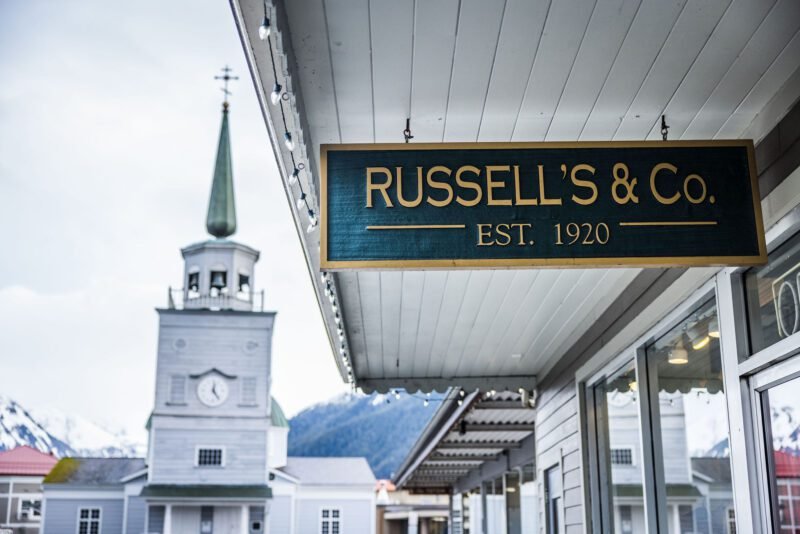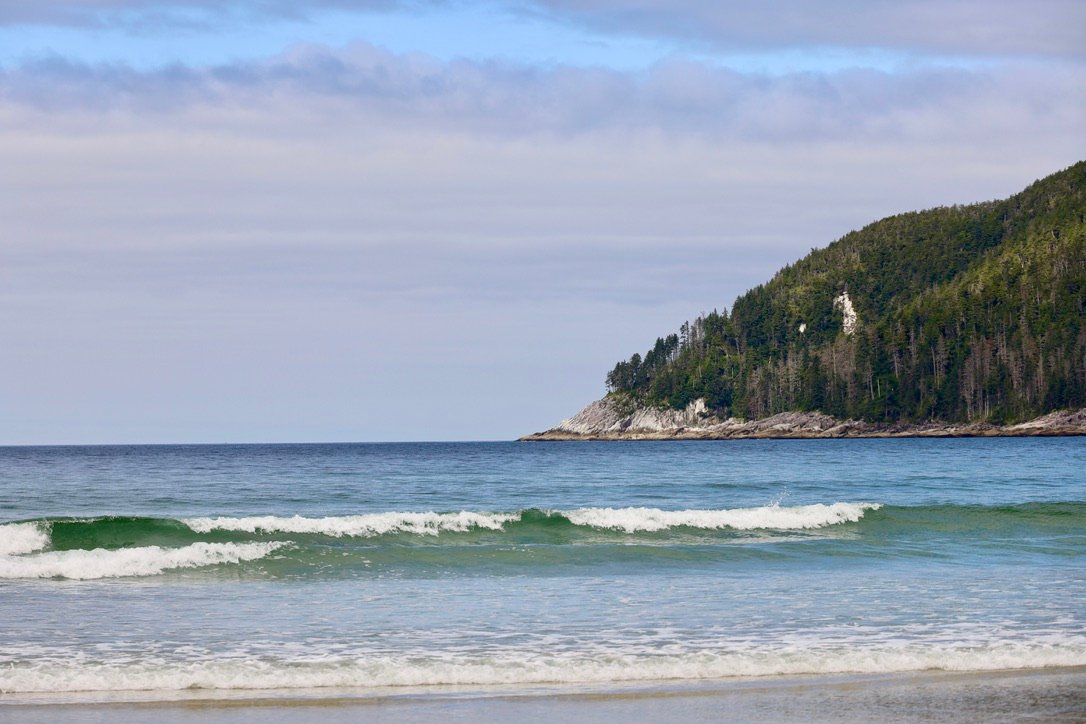In Sitka, history doesn’t live in museums — it breathes in the forest, echoes in the surf, and stands carved in cedar. Every trail and tidepool holds traces of the people who came before: Tlingit clans who thrived here for centuries, Russian traders who sought to claim it, and Americans who followed in their wake.
Exploring Sitka’s cultural landscape is less about looking back — and more about listening to what remains.
The Original Stewards: Tlingit Homeland
Long before colonization, the Tlingit people called this place Sheet’ká — “People on the outside of Shee.” The forests, rivers, and sea were not just resources; they were living relatives. Every mountain had a name, every salmon run a rhythm, every cedar tree a purpose.
Visitors can still feel that presence in Sitka National Historical Park, where trails wind through towering spruce and past hand-carved totem poles that tell ancestral stories. Many tours include a stop here to walk the same forest where the 1804 Battle of Sitka unfolded between Tlingit warriors and Russian forces.
Look for:
- Totem poles illustrating lineage and mythology
- Cedar bark weaving and carving demonstrations
- The soft hush of the forest — a living classroom of Tlingit resilience
The Russian Chapter: New Archangel and Empire at the Edge
When Russian settlers arrived in the late 1700s, they built a colonial outpost they called Novo-Arkhangelsk (New Archangel). After the Battle of 1804, Sitka became the capital of Russian America. The traces of that era remain in striking contrast to the surrounding wilderness.
The Russian Bishop’s House (built in 1842) still stands today — one of the oldest examples of Russian colonial architecture in North America. The St. Michael’s Cathedral, rebuilt after a fire but still anchored by its original icons, is another essential stop.
Many guided tours weave these historic sites into cultural storytelling, connecting the onion-domed skyline to the deeper layers of Sitka’s past.
Look for:
- The green dome of St. Michael’s Cathedral in downtown Sitka
- Traditional Russian Orthodox iconography
- Interpretive tours that highlight Tlingit–Russian encounters and trade routes
The Day Alaska Changed Hands
On October 18, 1867, the Russian flag came down and the American flag rose over Sitka’s Castle Hill — marking the Alaska Purchase. It was here that Alaska officially became U.S. territory.
Today, you can walk that same hill overlooking the harbor. Interpretive plaques and panoramic views make it easy to imagine the tension and ceremony of that moment. Every year, Sitka celebrates Alaska Day, honoring its layered heritage with parades, traditional dances, and historical reenactments.
Look for:
- Castle Hill viewpoint — perfect for photos and reflection
- Annual Alaska Day celebrations in mid-October
- Local guides sharing stories from both sides of the 1867 transfer
A Living Heritage
Modern Sitka isn’t a museum piece — it’s a place where cultures continue to evolve side by side. Native artists, Russian Orthodox clergy, and Alaskan entrepreneurs all share this small coastal community.
You’ll find that many guides are not just historians but storytellers — people whose families have lived the legacy of this place. Whether you’re visiting the Sitka History Museum, watching a Tlingit dance performance, or simply listening to church bells echo across the harbor, the story continues.



